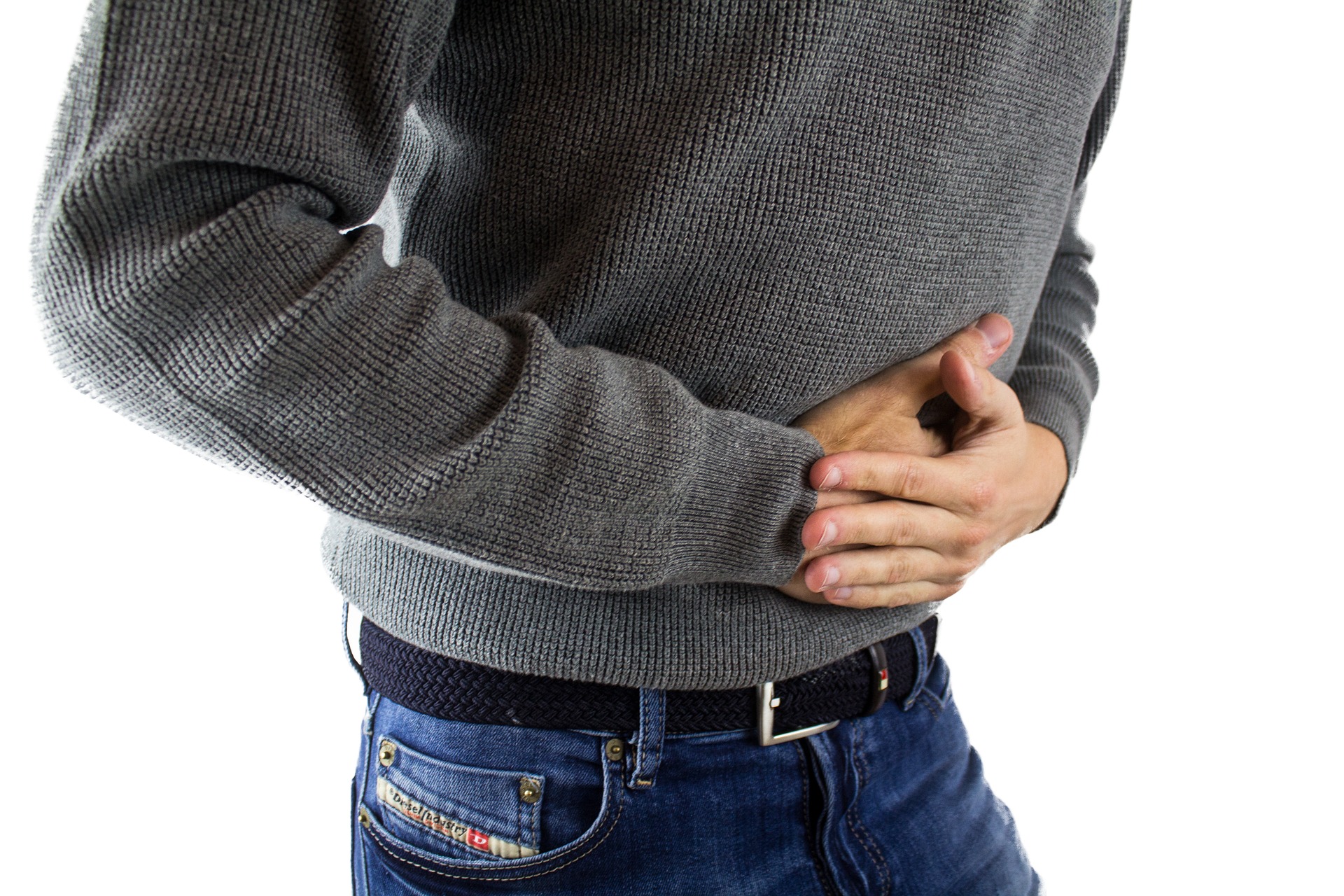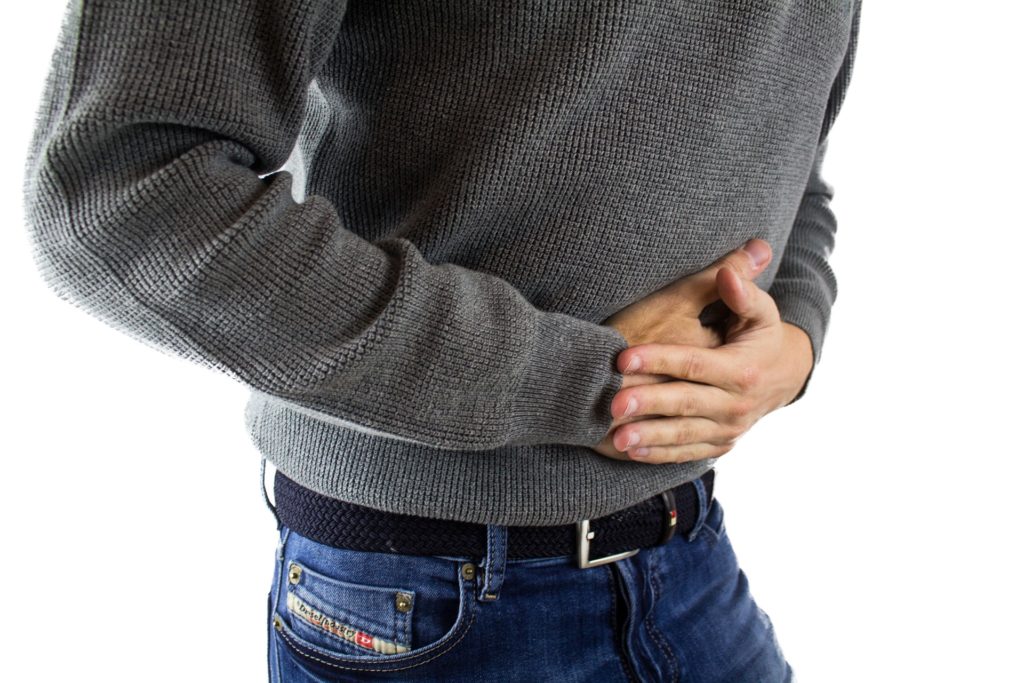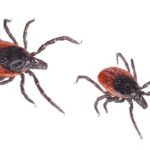Acid, the Quiet Killer that might be stalking you in stealth mode
by Dave CottrellAcid is a quiet killer that most people aren’t aware of. Many people have had to deal with stomach acid from time to time. But a body that is acidic is a very serious problem that many people live with, unaware that it can be fatal.
Lyme disease is certainly one of the most controversial diseases of the 21st century. In many places, doctors are completely uneducated in the clinical presentation of the disease, including, but not limited to, the EMS or “bulls-eye” rash.
For this reason, Lyme is often missed or misdiagnosed in the early stages, making it a very difficult disease to treat as it gains a pernicious grasp in the human body.
Most of us who suffer or have suffered from the disease know that just finding a Lyme Literate Practitioner (LLP) is very difficult. Most doctors fall into several categories regarding Lyme disease:
- They just don’t know anything about Lyme disease
- They know about Lyme disease, but are afraid to treat it unless it is in the very early stages
- They are Lyme literate, but don’t advertise the fact, due to the controversy surrounding the disease and the very real concern about having the College of Physicians and Surgeons remove their license to practice medicine
- The rarest of them all: a Lyme Literate Medical Doctor (LLMD) who is willing and able to treat the disease
Today in some places, like British Columbia, Canada, there are Lyme Literate Naturopathic Doctors (LLNDs) who are also able to treat Lyme disease with antibiotics. If I had my choice, I would choose the LLND, like the one I presently see, due to the fact that they have a much greater knowledge of the immune and endochrine system and the need to support it during and after antibiotic treatment.
One thing that is VERY important for ANYONE desiring good health is your body’s pH level. Acid is a quiet killer that most people are unaware of.
Simply put, pH is the measure of the activity of the hydrogen ion in water. Pure water has a pH close to 7. Anything below that is considered acidic. Anything above that is considered basic or alkaline.
The human body should be slightly alkaline. The pH of blood, for example, should be just above 7.35 . Below this level, the body begins to have problems with acidosis. Above 7.45, the body begins to have problems in the other direction, called alkalosis, an unusual but potentially very dangerous condition.
What this article is about is low blood pH, or acidosis. In layman’s terms, when the pH of your body is too low, the load on your immune system is increased, and your energy levels drop. It becomes very hard for your body to fight viral and/or bacterial infections. You need to have as strong an immune system as possible in your battle with Lyme disease!
The simple way to test your pH level is to go to your local pet store and get some Litmus paper. Litmus paper changes colour, depending on the pH level. When you buy the test paper (quite inexpensive), you will be able to get a colour chart for interpreting the results.
Do not put the Litmus paper in your mouth!! Litmus paper contains chemicals known to be carcinogenic.
First thing in the morning, before drinking ANYTHING, including water, spit into a small dish and press the Litmus paper into it. You will have to work it into the saliva, because saliva tends to be sticky and is not quickly absorbed by paper. (Don’t worry; it’s YOUR spit! Don’t let it turn you off; you need to check this for your own health!)
When you are satisfied that the test is finished, record the pH level.
The other test you should do first thing in the morning is a urine pH test. Urine will naturally test more acidic than saliva. Record your urine pH level, as well.
“When healthy, the pH of blood is 7.4, the pH of spinal fluid is 7.4, and the pH of saliva is 7.4. Thus the pH of saliva parallels the extra cellular fluid…pH test of saliva represents the most consistent and most definitive physical sign of the ionic calcium deficiency syndrome…The pH of the non-deficient and healthy person is in the 7.5 (dark blue) to 7.1 (blue) slightly alkaline range. The range from 6.5 (blue-green) which is weakly acidic to 4.5 (light yellow) which is strongly acidic represents states from mildly deficient to strongly deficient, respectively. Most children are dark blue, a pH of 7.5. Over half of adults are green-yellow, a pH of 6.5 or lower, reflecting the calcium deficiency of aging and lifestyle defects. Cancer patients are usually a bright yellow, a pH of 4.5, especially when terminal.” The Calcium Factor: The Scientific Secret of Health and Youth, by Robert R. Barefoot and Carl J. Reich, M.D., Gilliland Printing Inc., Arkansas City, Kansas, 1996.
This also agrees with Guyton, Arthur C. Textbook of Medical Physiology, 8th ed., pp. 331, 340, 711.
You want to be in that healthy range, but it should be no surprise if your pH is low, first of all because more than half of adults ARE low, and secondly, because when you are fighting a disease like Lyme disease, your body’s acidity increases.
It is possible, easy, and inexpensive to raise your pH. Definitely look up foods that alkalanize! There are some very good websites that offer tips on what foods to consume and what foods to avoid to keep your pH up.
A healthy diet should become a life long norm if you want to get healthy and stay that way.
There is another, simple, safe, and inexpensive way to get your pH up where it should be in short order. It is called “Alkalizing Salts” or “Alkalinizing Salts” and is usually available at a compounding pharmacy or health food store. There are also many places you can buy them online. Shop around. They are not expensive.
Do not simply start taking loads of alkalizing salts into your system. Remember that going to high is also unhealthy (and dangerous.) It is generally recommended to use no more than a quarter of a teaspoon of alkalizing salts in water per day.
One way that has been suggested is to carry a water bottle with you. Fill it in the morning and add your alkalizing salts at that time. Then you can sip away at it throughout the day, rather than blasting yourself all at once.
Continue to check your pH level daily for a while to determine whether you need to go up or down with the salts. Remember that you want to keep your pH close to and slightly above 7. You do not want to go above 7.5.
Some health practitioners suggest keeping a supply of powdered Vitamin C on hand. If your pH gets too high for any reason, taking extra vitamin C dissolved in water is usually a quick remedy for bringing it back down.
As with anything that you are thinking of changing in your quest for better health, do your homework. It is always best to check with a health professional you trust before changing anything, especially when you are in the kind of battle that we, as Lyme sufferers, face daily.
Remember, never quit! You CAN get well.
God bless,
Dave
 Copyright secured by Digiprove © 2020 Dave Cottrell
Copyright secured by Digiprove © 2020 Dave Cottrell 





